How close is too close? This pissed off elk is too close. But when you go where the birds are, you’re gonna see other things, too. So watch out.
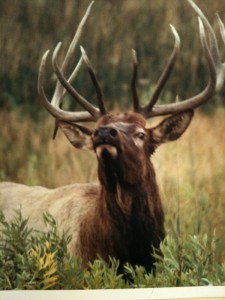
Too close.
The elk popped up suddenly, and gored the foliage, tossing clumps of earth and weeds over his head.
I grabbed this shot, and moved back.
Another day, a Rufous Hummingbird started buzzing around my shirt. It was too close. Couldn’t use my binoculars on it.
All this closeness got me thinking: what’s too far? When does distance make a bird sighting…not a sighting?
I’ve been reading about military guys who look down on enemy targets from spy satellites.
Their high tech cameras are science fiction that’s come true. They can show license plates, even facial features.
I’m imagining an army guy somewhere who’s also a two-fisted bird watcher. He’s looking at a live satellite feed. Maybe he’s scouting for bad guys, or following a Special Forces team. Tom Clancy stuff.
Then he sees this once-in-a-lifetime bird down there in the war zone. Say, an Abyssinian Roller.
Whoa. Big, exotic, blue and shiny, with a long tail, a first for the guy. Does this rare bird go on his life list? Of course not. It’s been spotted from space.
On that same trip where I almost tripped into a crazed elk, I saw a grizzly. But I was on a mountain; it was in a valley. I borrowed a telescope from a roadside gawker. The bear looked like an ant down there. I don’t count it.
Last year, when my airplane was landing in Florida, I saw a Bald Eagle below us in wetlands near the airport. Sorry, doesn’t count as a sighting. Not from a plane.
Two-fisted bird watching is old-fashioned. I like my two fists to be holding binoculars. I like walking around where the birds are.
You can count a bird sighting only when you’re in the same place as the bird. At the same time. You can’t be looking at it through a high-powered telescope. Or through an airplane window. And not from space.
Can a bird be too close? Well, the Rufous Hummingbird didn’t work out great. But close birds are rarely a problem.
A close elk could be a problem. But that’s all part of the fun.
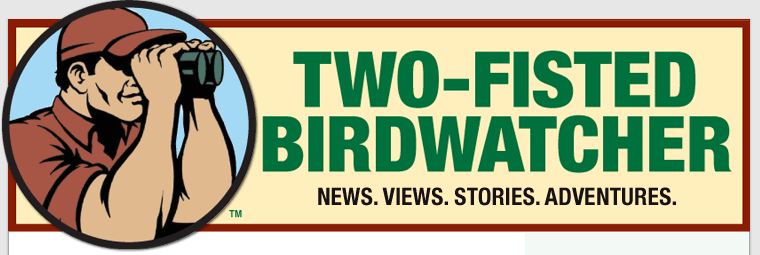
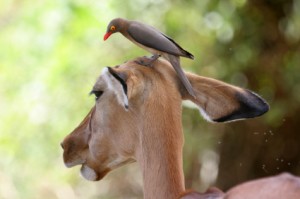
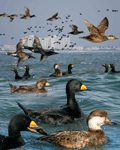
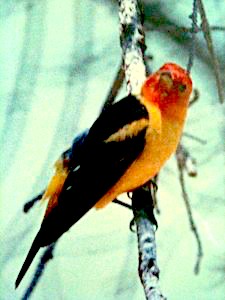
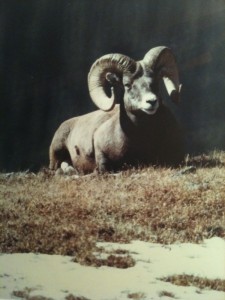
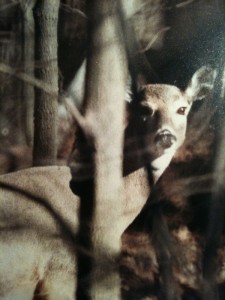
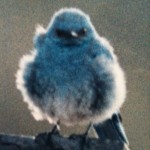 I also saw a Mountain Bluebird that day, another first. I took its picture.
I also saw a Mountain Bluebird that day, another first. I took its picture.